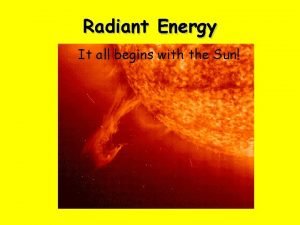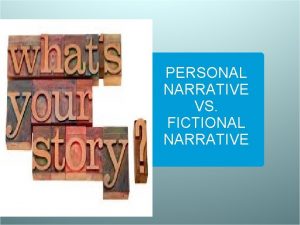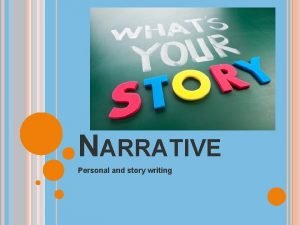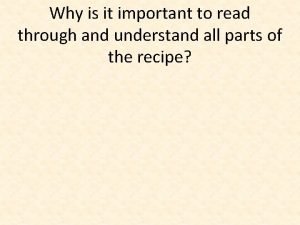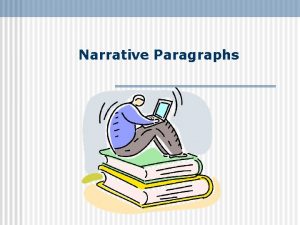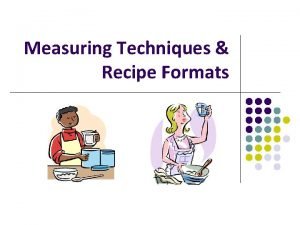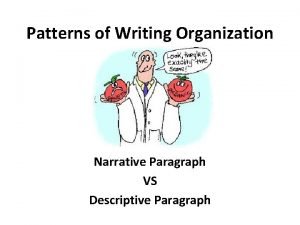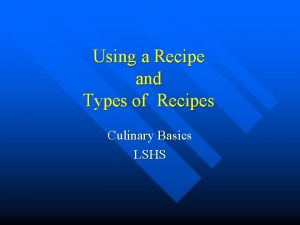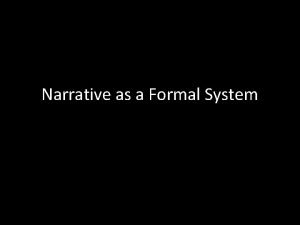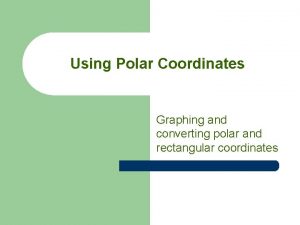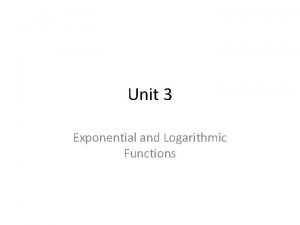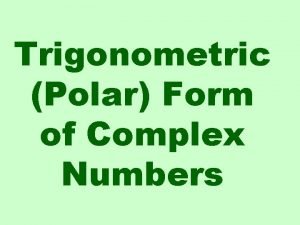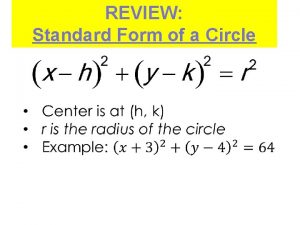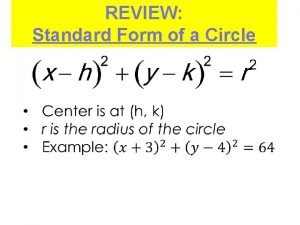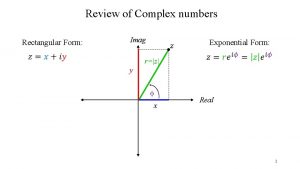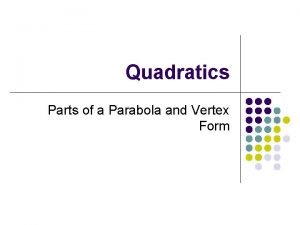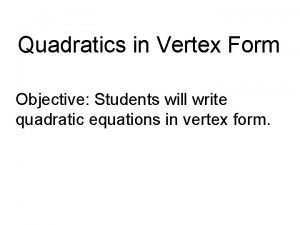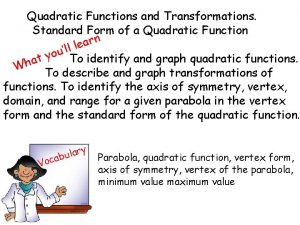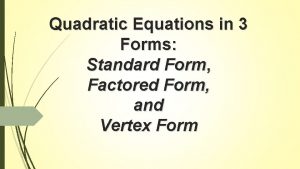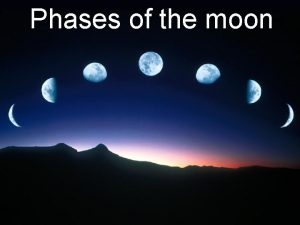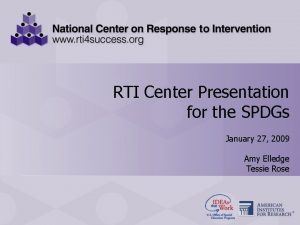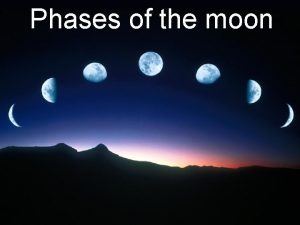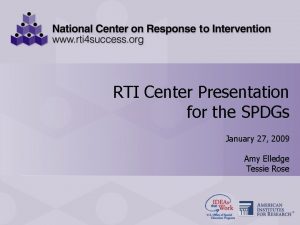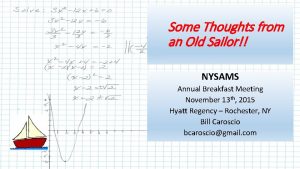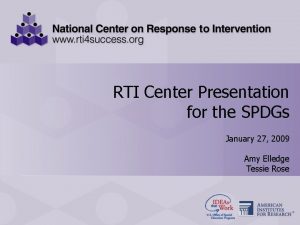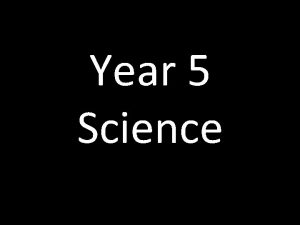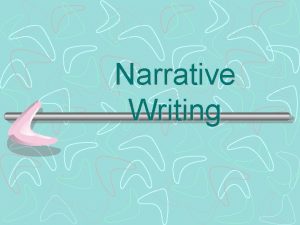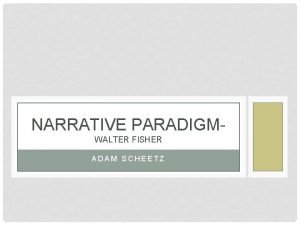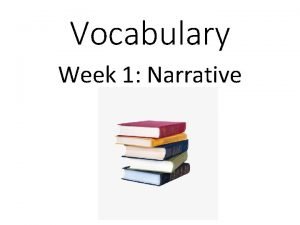NARRATIVE FORM THETHE NARRATIVE What Is a Narrative
























- Slides: 24

NARRATIVE FORM THETHE NARRATIVE

What Is a Narrative? n n n A narrative is a concept, composed and delivered in any medium. A narrative describes a sequence of real or unreal events. The word "story" may be used as a synonym of "narrative", but can also be used to refer to the sequence of events described in a narrative.

Examples of Narratives n n n n Short stories Myths Legends Ballads Novellas Operettas Songs

How did the Narrative Form Evolve? n n n Narratives reflect the human experience Stories were originally passed down orally from generation to generation Eventually narratives were recorded in many different forms: in the 1500’s Shakespeare writes his first play, in the 1800’s many explorers describe their voyages and findings.

“Today we live, but by tomorrow, today will be a story. The whole world, all human life, is one long story” (Issac Bashevis Singer).

The Narrative Elements n n n n Plot Characterization Setting Conflict Theme Mood Point of View

What is Plot? n n A plot is a causal sequence of events, the "why" for the things that happen in the story. The plot draws the reader into the character's lives and helps the reader understand the choices that the characters make. A plot's structure is the way in which the story elements are arranged. Writers vary structure depending on the needs of the story. For example, in a mystery, the author will withhold plot exposition until later in the story.

What is Characterization? n n n Characterization is the process of conveying information about characters in fiction. Characters are usually presented through their actions, dialect, and thoughts, as well as by description. Characterization can regard a variety of aspects of a character, such as appearance, age, gender, educational level, occupation, financial status, marital status, social status, cultural background, hobbies, religious beliefs, ambitions, motivations, personality, etc.

What is Setting? n In literature and drama the setting of a story is the time and location in which it takes place.

Setting continued… n n Broadly speaking, the setting provides the main backdrop for the story and often sets the overall tone for it as well. The term is relevant for various forms of literary expression, such as short stories, novels, dramas, and screenplays.

What is Conflict? n n The plots of most stories centers around conflict. A conflict is a struggle between opposing forces. There are two main kinds of conflict in stories: external and internal.

…External Conflict n n n External Conflict. A struggle between a character and an outside force is an external conflict. Characters may face several types of outside forces. The outside force may be another character. It may be the character and the community. The outside force may also be forces of nature. For example, a story might be the main character struggling against the arctic cold. For example: Man against man. For example: Man against nature.

Internal Conflict n n Internal Conflict. A struggle that takes place in a character's mind is called internal conflict. For example, a character may have to decide between right and wrong or between two solutions to a problem. Sometimes, a character must deal with his or her own mixed feelings or emotions. For example: Man against himself.

What is Theme? n n n In literature, a theme is a broad idea in a story, or a message or lesson conveyed by a work. This message is usually about life, society or human nature. Themes are usually implied rather than explicitly stated.

Sample Theme n n Themes are often difficult to identify and should not be confused with the topic or subject of the material you are reading. For example in Green Eggs and Ham the subject is eating green eggs and ham is an excellent idea in any location. THEME however is “have an open mind. ”

What is Mood? n Mood is the emotions that you feel while you are reading. Some literature makes you feel sad, others joyful, still others, angry. The main purpose for some poems is to set a mood.

What is Point of View? n n In literature and storytelling, a point of view is the related experience of the narrator — not that of the author. Texts encourage the reader to identify with the narrator, not with the author.

Types of Narration n First person Third Person Omniscient

First Person n a first-person narrator brings greater focus on the feelings, opinions, and perceptions of a particular character in a story, and on how the character views the world and the views of other characters.

Third Person Narrator n If the writer's intention is to get inside the world of a character, then it is a good choice, although a third-person limited narrator is an alternative that doesn't require the writer to reveal all that a firstperson character would know.

Third Person Omniscient Narrator n By contrast, a third-person omniscient narrator looks into many characters and into the broader background of a story. A third-person omniscient narrator can tell feelings of every character. For stories in which the context and the views of many characters are important, a third-person narrator is a better choice.

What is Irony? n 1. 2. Irony is: the use of words to express the opposite of what it means. An incongruity between the actual result of a sequence of events and the expected result.

What is Symbolism? n The representation of abstract of intangible things by means of symbols. Example: In the story “The Jade Peony” the jade peony represents the beautiful life the grandmother has lived.

What is Foreshadowing? n Foreshadowing is an event which hints at what is to come later in the story.
 Thethe sun
Thethe sun Present continuous interrogative form
Present continuous interrogative form Personal narrative vs fictional narrative
Personal narrative vs fictional narrative Difference between narrative and story
Difference between narrative and story Narrative format recipe example
Narrative format recipe example Types of poems narrative
Types of poems narrative Storytelling paragraph
Storytelling paragraph Action form recipe example
Action form recipe example Narrative recipe format example
Narrative recipe format example Descriptive and narrative paragraph
Descriptive and narrative paragraph Rcf calculator cooking
Rcf calculator cooking Unrestricted narration in film
Unrestricted narration in film What's vertex form
What's vertex form How to add in polar form
How to add in polar form Transformation of exponential functions
Transformation of exponential functions Trigonometric to rectangular form
Trigonometric to rectangular form General to standard
General to standard Circle standard form to general form
Circle standard form to general form Rectangular
Rectangular Standard form of a parabola
Standard form of a parabola In vertex form
In vertex form Vertex to standard form
Vertex to standard form What is factored form
What is factored form Unnormalized form database
Unnormalized form database I am not short form
I am not short form
